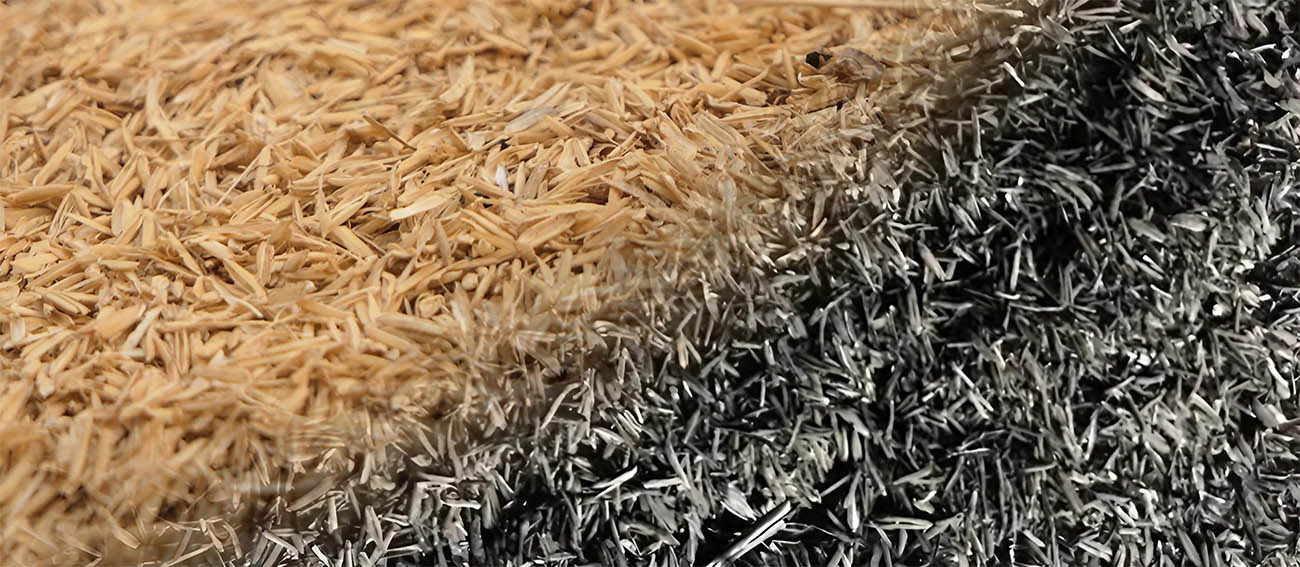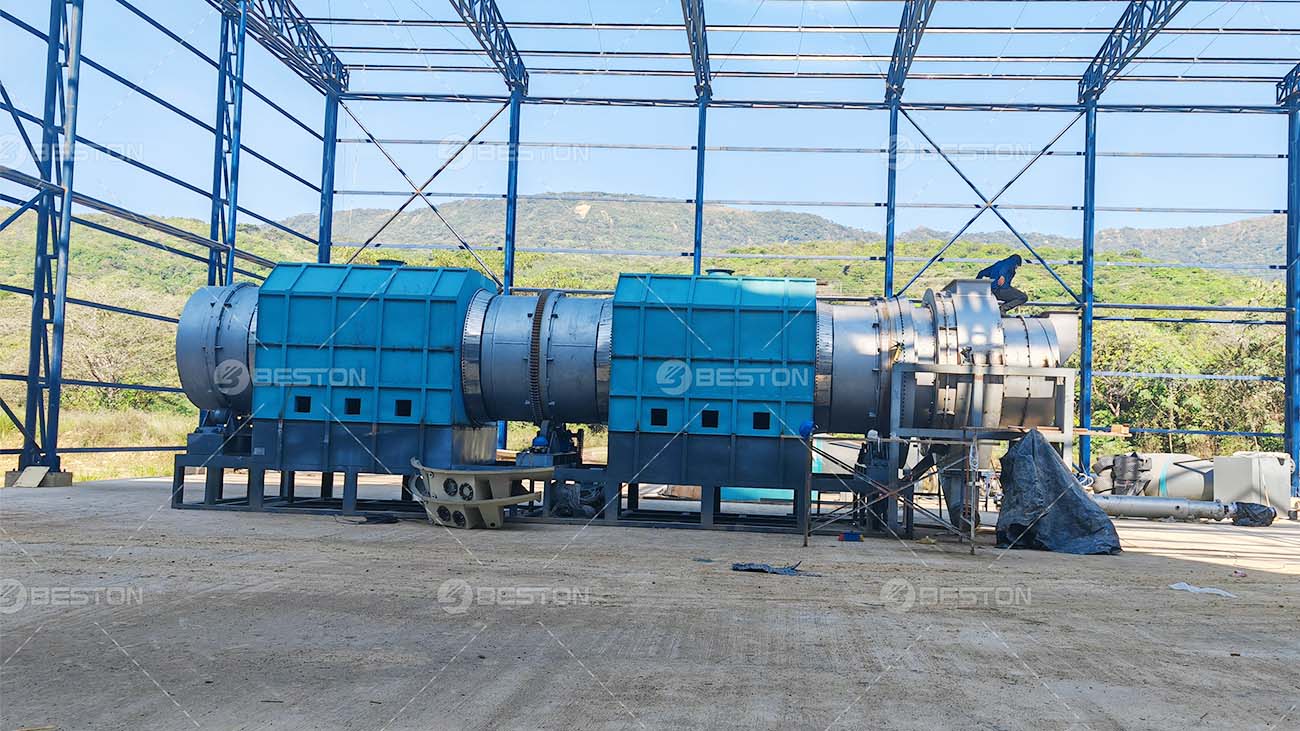In the realm of sustainable agriculture and waste management, rice husks—a byproduct of rice milling—offer immense potential. The conversion of rice husks into rice husk ash and rice husk charcoal provides valuable materials with diverse applications, from soil amendment to energy production. This comprehensive analysis delves into the distinctions, production processes, and benefits of rice husk ash and rice husk charcoal, highlighting their roles in promoting sustainability and reducing emissions.

Understanding Rice Husk Ash
Production Process
Rice husk ash is produced by combusting rice husks at high temperatures, typically in the range of 500-700°C, in the presence of oxygen. The combustion process oxidizes the organic components of the rice husks, leaving behind an ash rich in silica.
- Combustion: Rice husks are burned in controlled conditions, often using specialized incinerators or boilers.
- Cooling: The ash is allowed to cool before being collected for further processing or application.
- Purification: In some cases, the ash undergoes purification to remove impurities and enhance its quality.
Composition and Properties
Rice husk ash is predominantly composed of silica (SiO2), which constitutes about 85-90% of its content. It also contains minor amounts of potassium, calcium, and other trace elements. The high silica content imparts unique properties, making it suitable for various industrial applications. For more rice husk recycling solutions, please consult: https://bestonmachinery.com/
Applications
- Cement and Concrete Production: Rice husk ash is used as a pozzolanic material in cement and concrete, enhancing strength and durability while reducing the need for Portland cement.
- Soil Amendment: The ash improves soil structure, increases water retention, and provides a slow-release source of silica and other nutrients.
- Silicon Production: High-purity rice husk ash is used in the production of silicon and silica-based products, including electronics and solar panels.
Understanding Rice Husk Charcoal
Production Process
Rice husk charcoal, or rice husk biochar, is produced through pyrolysis—a thermochemical decomposition of organic material at elevated temperatures in an oxygen-limited environment. A rice husk charcoal making machine is commonly employed for this process.
- Pyrolysis: Rice husks are heated to temperatures typically between 300-600°C in the absence of oxygen, resulting in the formation of charcoal, gases, and tar.
- Cooling: The biochar is cooled and collected, while the gases can be utilized for energy generation.
- Activation: In some cases, rice husk charcoal undergoes activation to enhance its adsorption properties, making it more effective for certain applications.
Composition and Properties
Rice husk charcoal consists primarily of carbon, with significant amounts of silica and other minerals. It has a porous structure, high surface area, and excellent adsorption capacity, making it highly effective for environmental and agricultural applications.
Applications
- Soil Amendment: Rice husk biochar improves soil fertility, water retention, and microbial activity. It also sequesters carbon, contributing to climate change mitigation.
- Water Filtration: The high adsorption capacity of biochar makes it suitable for removing contaminants from water and wastewater.
- Fuel Source: Rice husk charcoal can be used as a renewable energy source for cooking, heating, and industrial processes.
Comparative Analysis
Environmental Impact
Rice Husk Ash:
- Emission Control: The combustion process can lead to the release of particulate matter and greenhouse gases. Advanced emission control technologies are necessary to minimize environmental impact.
- Resource Utilization: Utilizes waste rice husks, reducing agricultural waste and contributing to resource efficiency.
Rice Husk Charcoal:
- Carbon Sequestration: Rice hull biochar from biochar making machine sequesters carbon in the soil for extended periods, reducing atmospheric CO2 levels.
- Emission Reduction: Pyrolysis is a cleaner process compared to open burning, with fewer emissions of pollutants and greenhouse gases.
Agricultural Benefits
Rice Husk Ash:
- Nutrient Supply: Provides essential nutrients such as silica, potassium, and calcium to the soil.
- Soil Improvement: Enhances soil structure and water retention capabilities.
Rice Husk Charcoal:
- Soil Fertility: Enhances soil fertility by improving nutrient retention and promoting beneficial microbial activity.
- Water Management: Increases soil water-holding capacity, reducing irrigation needs and improving drought resilience.
Economic Considerations
Rice Husk Ash:
- Cost-Effective: The production process is relatively simple and cost-effective, especially when integrated into existing milling operations.
- Market Demand: High demand in the construction industry for use in cement and concrete.
Rice Husk Charcoal:
- Initial Investment: Requires significant initial investment in pyrolysis equipment, such as a rice husk charcoal making machine.
- Value-Added Products: Produces high-value products such as biochar and syngas, which can be sold for various applications, offsetting production costs.
Technological Advancements
Rice Husk Ash:
- Emission Control Technologies: Innovations in emission control can make the combustion process more environmentally friendly.
- Purification Techniques: Advanced purification techniques can enhance the quality and applicability of rice husk ash.
Rice Husk Charcoal:
- Pyrolysis Technology: Advances in pyrolysis technology, including reactor design and automation, improve efficiency and product quality.
- Biochar Activation: Techniques for activating biochar increase its adsorption properties, expanding its use in environmental remediation.

Future Prospects
Advancements in Rice Husk Processing
Ongoing research and development are expected to yield further advancements in rice husk processing technologies. Innovations in combustion and biomass carbonization machine, as well as improvements in emission control and product quality, will enhance the sustainability and economic viability of rice husk ash and rice husk charcoal production.
Integration with Sustainable Agriculture
The integration of rice husk ash and rice husk biochar into sustainable agriculture practices will play a crucial role in addressing global food security and environmental challenges. These materials can improve soil health, increase crop yields, and reduce the environmental impact of agricultural activities.
Policy and Regulatory Support
Government policies and regulations supporting sustainable waste management and renewable energy will drive the adoption of rice husk ash and rice husk charcoal technologies. Incentives for renewable energy production, carbon sequestration, and sustainable agriculture will further boost market demand and investment in these technologies.
Market Expansion
The market for rice husk ash and rice husk charcoal is poised for significant growth, driven by increasing demand for sustainable materials and renewable energy sources. Expansion into new markets and applications, such as environmental remediation and industrial processes, will create additional opportunities for these materials.
Conclusion
Rice husk ash and rice husk charcoal offer distinct yet complementary solutions for sustainable agriculture, waste management, and renewable energy. By leveraging advanced technologies and innovative processes, these materials can address pressing environmental challenges, promote resource efficiency, and contribute to a circular economy. The future prospects for rice husk ash and rice husk charcoal are promising, with potential for continued growth and development in various industries. As the world seeks sustainable solutions to complex problems, rice husk ash and rice husk charcoal stand out as valuable and versatile resources.